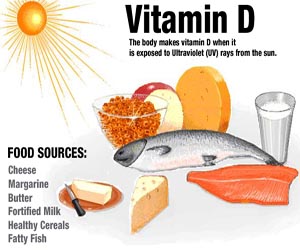Medical textbooks used to describe acute diverticulitis as a disease that was mostly seen in adults over 50 years of age. Researchers at the University of Maryland Medical Center have assessed the medical records of 104 patients ages 22 to 88 years with the condition of diverticulitis diagnosed between 1999 and 2003. 56 patients (54%) were age 50 or younger, and the remaining 48 (46%) were over 50. The researchers found that a significantly higher proportion of patients (88 %) with abdominal obesity were present in the younger age group with diverticulitis.
Acute diverticulitis is a condition characterized by the chronic inflammation of sacs in the intestinal tract. The condition causes constipation and severe abdominal pain. It is usually related to a low fiber diet containing refined carbohydrates or processed foods.
Dr. Barry who was leading the study observed that the younger the patients with diverticulitis are, the more obese they are likely to be.
Also, he found the younger they are when they get the disease, the more likely they will get recurrent attacks, and he sees the most important point in diverticulitis prevention is a change to healthy eating habits without over-processed food from fast food outlets.
More information about diverticulitis: http://nethealthbook.com/digestive-system-and-gastrointestinal-disorders/diverticulitis/
Reference: The Medical Post, October 10, 2006, page 1 and 60
Last edited November 1, 2014















